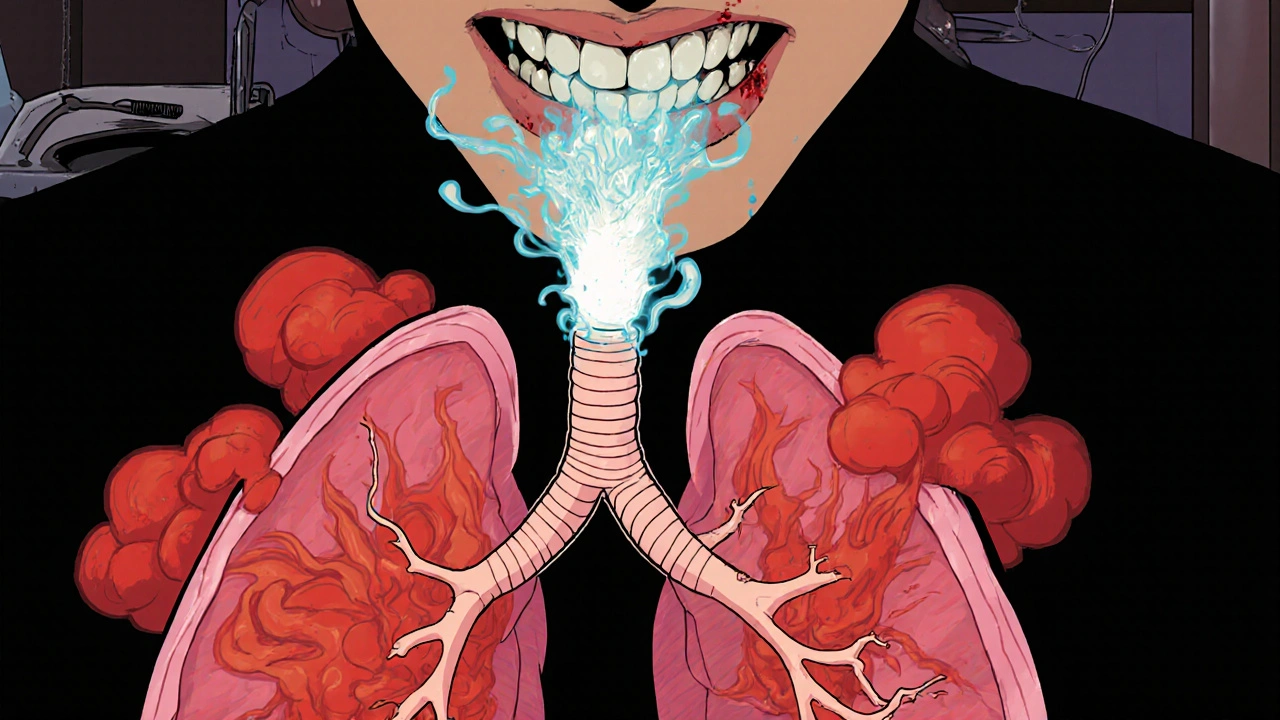Dental Health: Smooth Recovery After Dental Procedures with Local Anesthesia
Just had a tooth pulled or a cavity filled and you’re feeling a bit sore? It’s normal to wonder how fast you can get back to normal life. The good news is that with a few simple steps you can keep pain low, swelling down, and avoid any nasty surprises.
Control Swelling and Pain
First off, keep an ice pack on the outside of your cheek for 15 minutes on, 15 minutes off, during the first 24 hours. That short burst of cold helps blood vessels narrow, which means less swelling and a calmer feeling in the area. After the first day, you can switch to a warm compress for 10‑15 minutes a few times a day; the gentle heat encourages blood flow and speeds up healing.
Take the pain medicine your dentist recommended—usually ibuprofen or acetaminophen—right after the procedure, and then every 4‑6 hours as needed. Don’t wait until you’re in full pain; staying a step ahead can keep the discomfort mild. If you notice any sharp, throbbing pain that doesn’t improve after a couple of days, give your dentist a call.
Keep Your Mouth Clean and Safe
Good oral hygiene is the backbone of a quick recovery. Start rinsing with a warm saltwater solution (½ teaspoon of salt in an 8‑oz glass of water) 24 hours after the procedure. Do it gently—don’t swish aggressively—just enough to loosen food bits and reduce bacteria. Repeat this 2‑3 times a day for the first week.
Avoid hard, crunchy, or sticky foods for at least 48 hours. Soft foods like yogurt, scrambled eggs, oatmeal, and mashed potatoes are your best friends right now. Also, steer clear of hot drinks and alcohol, which can irritate the area and delay healing.
When you do brush, use a soft‑bristled toothbrush and be careful around the surgical site. If your dentist gave you a special mouthwash, follow the instructions exactly; it’s often designed to keep the spot clean without hurting the new tissue.
Finally, watch for signs that something’s not right. Persistent bleeding, severe swelling that spreads beyond your cheek, a fever over 101°F, or a foul taste in your mouth could mean an infection. If any of these pop up, contact your dental office right away.
Recovering after a dental procedure with local anesthesia doesn’t have to be a hassle. By managing swelling, taking pain meds on schedule, and keeping the area clean, you’ll be back to your regular routine in no time. Keep these tips in your pocket, and you’ll feel confident that your smile stays healthy and pain‑free.


